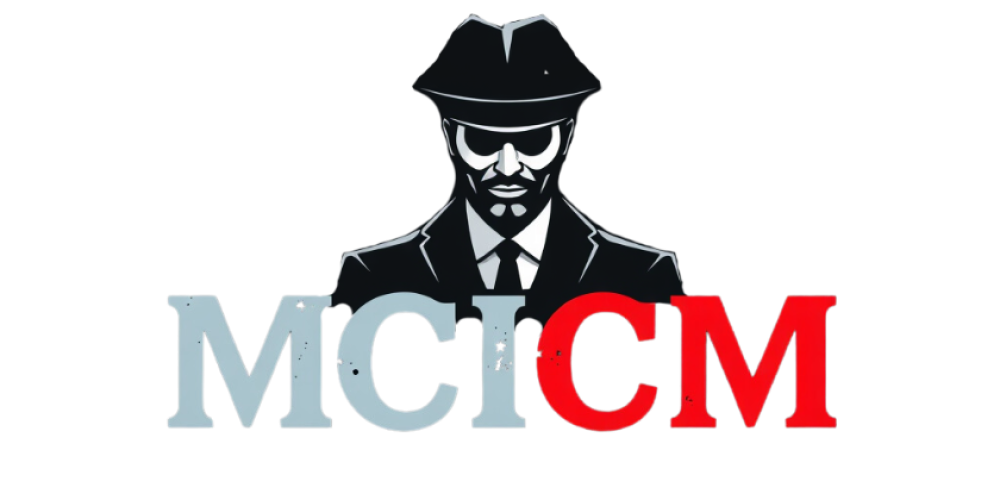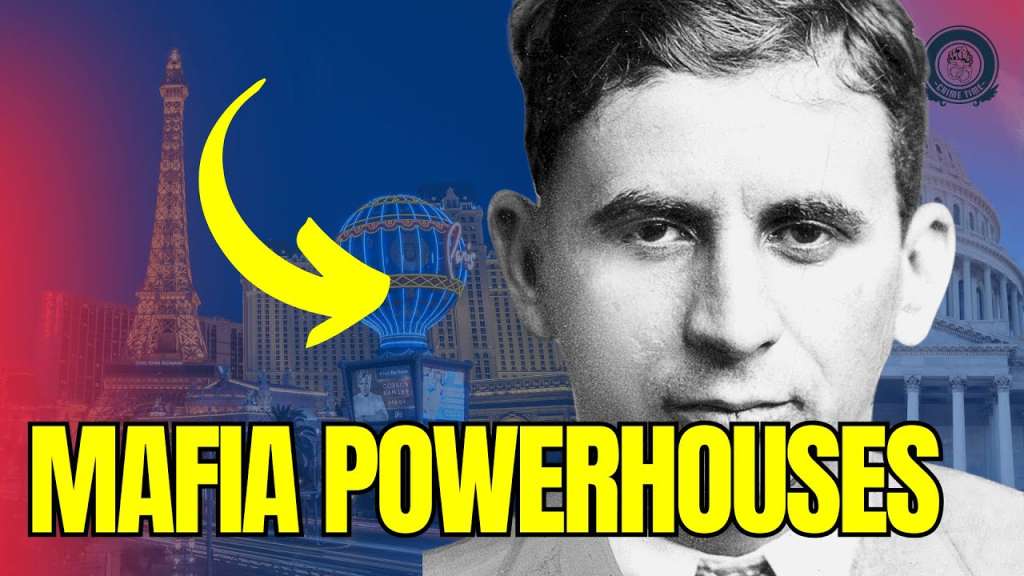Throughout America’s political history, the lines between lawmaking and lawbreaking have often been blurred, revealing a startling reality where organized crime has played an influential role in shaping the nation’s policies, leaders, and institutions. From the Prohibition era’s underground liquor trade to mob-backed political machines and even covert government collaborations, the reach of criminal syndicates extends far beyond the dimly lit backrooms of urban speakeasies. The Mafia, crime families, and corrupt politicians forged alliances that reshaped cities, influenced elections, and dictated policies in ways that permanently altered the nation’s trajectory. These hidden connections, often operating in the shadows of history, serve as a stark reminder that power and crime have frequently gone hand in hand in America’s past.
One of the earliest and most defining moments of organized crime’s infiltration into American politics was the rise of the Mafia during Prohibition. The 18th Amendment’s ban on alcohol created a lucrative black market that criminal syndicates eagerly capitalized on, turning bootlegging into a billion-dollar industry. Figures like Al Capone built empires by bribing police officers, judges, and politicians, ensuring their illicit operations remained largely unchecked. This era not only solidified the Mafia’s economic power but also exposed the depth of corruption within local governments, as officials who were meant to enforce the law instead profited from breaking it. The end of Prohibition may have officially reinstated legal alcohol sales, but it did little to dismantle the networks of power that crime families had built—networks that would continue to influence politics for decades to come.
Nowhere was the fusion of organized crime and politics more evident than in New York City, where Tammany Hall reigned as a dominant force in governance. This powerful political machine relied on patronage, bribery, and election rigging to maintain its grip on the city, and its leaders found willing partners in the underworld. Mobsters like Frank Costello ensured that their criminal enterprises were shielded from prosecution by funding politicians and manipulating voters. In return, the Mafia gained political protection, lucrative contracts, and unchecked control over key industries. The partnership between Tammany Hall and organized crime was not just an example of local corruption—it was a reflection of how deeply criminal influence had embedded itself into the political fabric of one of America’s most powerful cities.
Beyond New York, Chicago emerged as another epicenter of political corruption intertwined with organized crime. The Chicago Outfit, first established by Al Capone, continued to wield power long after Prohibition, securing its influence through labor unions, gambling, and backroom deals with city officials. The long tenure of Mayor Richard J. Daley, a figure synonymous with political dominance, was riddled with allegations of mob connections, further illustrating the blurred lines between governance and crime. While Daley maintained an image of law and order, his administration’s reluctance to take decisive action against the Outfit raised questions about the extent to which organized crime dictated the city’s political and economic affairs. Chicago’s story, much like that of New York, revealed how the Mafia could operate not only as criminals but as kingmakers, shaping the destinies of politicians and public policies alike.
Even at the national level, organized crime’s influence has cast a long shadow, as seen in the murky allegations surrounding the Kennedy family. Speculation that Joseph P. Kennedy built his wealth through illicit Prohibition-era dealings, and that mobsters may have played a role in John F. Kennedy’s election victory, underscores the extent to which crime syndicates sought to place their bets on political figures. The irony of this relationship was stark: after potentially benefiting from Mafia support, Robert F. Kennedy, as Attorney General, aggressively pursued organized crime figures, leading to suspicions of Mafia retaliation in JFK’s assassination. Whether fact or conspiracy, these stories illustrate a chilling reality—that crime and politics have often been two sides of the same coin in American history. From rigged elections to whispered deals, organized crime’s hidden hand has left an undeniable mark on the nation’s governance, proving that in the world of power, the true battles are often fought in the shadows.
source

